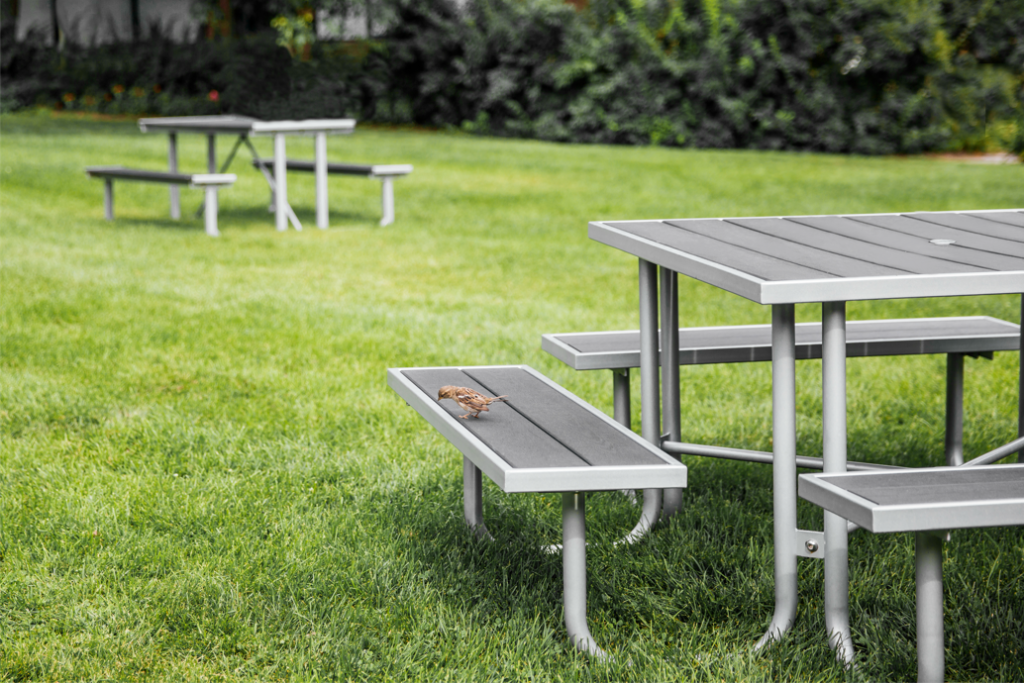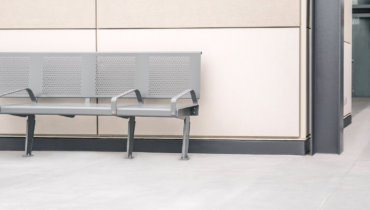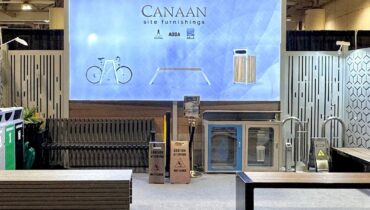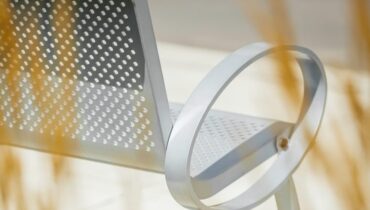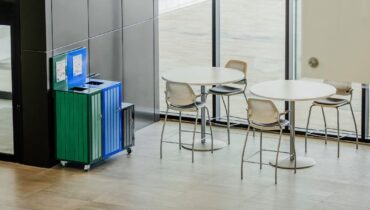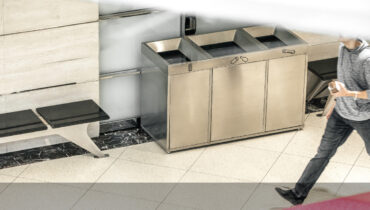Anti-rust - Canaan Site Furnishings
Rust prevention refers to the surface protection treatment to prevent iron components or equipment from forming iron oxide. The main methods include thermal spraying, hot dipping, coating, soaking or spraying corrosion inhibitor, antirust oil and antirust paint, using passivation solution, electroplating, baking enamel, surface transformation improvement technology, and surface diffusion infiltration technology.
The article must be pretreated with surface cleaning and drying before the anti-rust process. The most appropriate method should be selected according to the properties of the article and the processing conditions. There are three commonly used treatments: solvent cleaning, chemical cleaning, and mechanical cleaning. After cleaning, it can be dried with filtered compressed air or dryer, or wiped with clean gauze.
Metal rust is mainly affected by the following factors:
· Chemical composition and structure of the metal material.
· Metal surface finish.
· Composition and pH value of the solution in contact with the metal surface.
· Temperature and humidity.
· Environmental media in contact with the metal surface.
There is an easily overlooked factor in the use of outdoor furniture, that is hand sweat. Sweat is a colorless, transparent, or sometimes light-yellow liquid that has a salty taste and weak acid. Its pH value is 5 – 6. In addition to sodium, potassium, calcium, magnesium, and salt, it also contains a small number of organic acids such as urea, lactic acid, and citric acid. When sweat comes into contact with metal, it will form a film on the surface, which will cause electrochemical action on the metal and bring corrosions.
